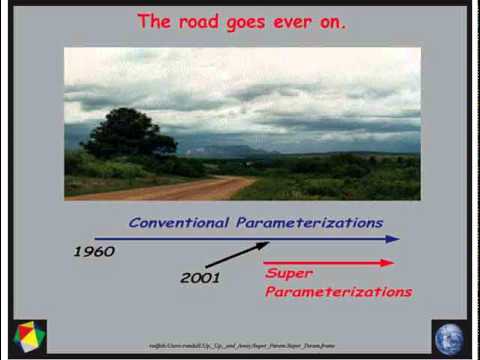Description:
Explore a Bjerknes Lecture from the AGU Fall Meeting 2001, delivered by Davis A. Randall. Delve into the complexities of cloud parameterization, cloud system resolving models, and the revolutionary approach of superparameterization. Examine the influence of Jacob York, environmental factors affecting stratiform clouds, and the role of turbulence and microphysical processes in cloud formation. Investigate the challenges of radiant transfer and the overwhelming complexity of cloud modeling. Learn about the background and applications of cloud system resolving models, including two-way flow and cloud amount predictions. Discover how Moore's Law impacts computational capabilities and the potential of alternative superparameterization techniques. Address technical issues, runtime considerations, and parallelization in cloud modeling. Gain insights into the grand challenge problem of cloud system resolving and its modular approach to revolutionizing atmospheric science.

Bjerknes Lecture: Cloud System Resolving Models and Parameterization - AGU Fall Meeting 2001
Add to list
#Science
#Earth Science
#Atmospheric Science
#Computer Science
#Computer Architecture
#Moore's Law
#Computational Modeling
#Physics
#Fluid Mechanics
#Fluid Dynamics
#Turbulence